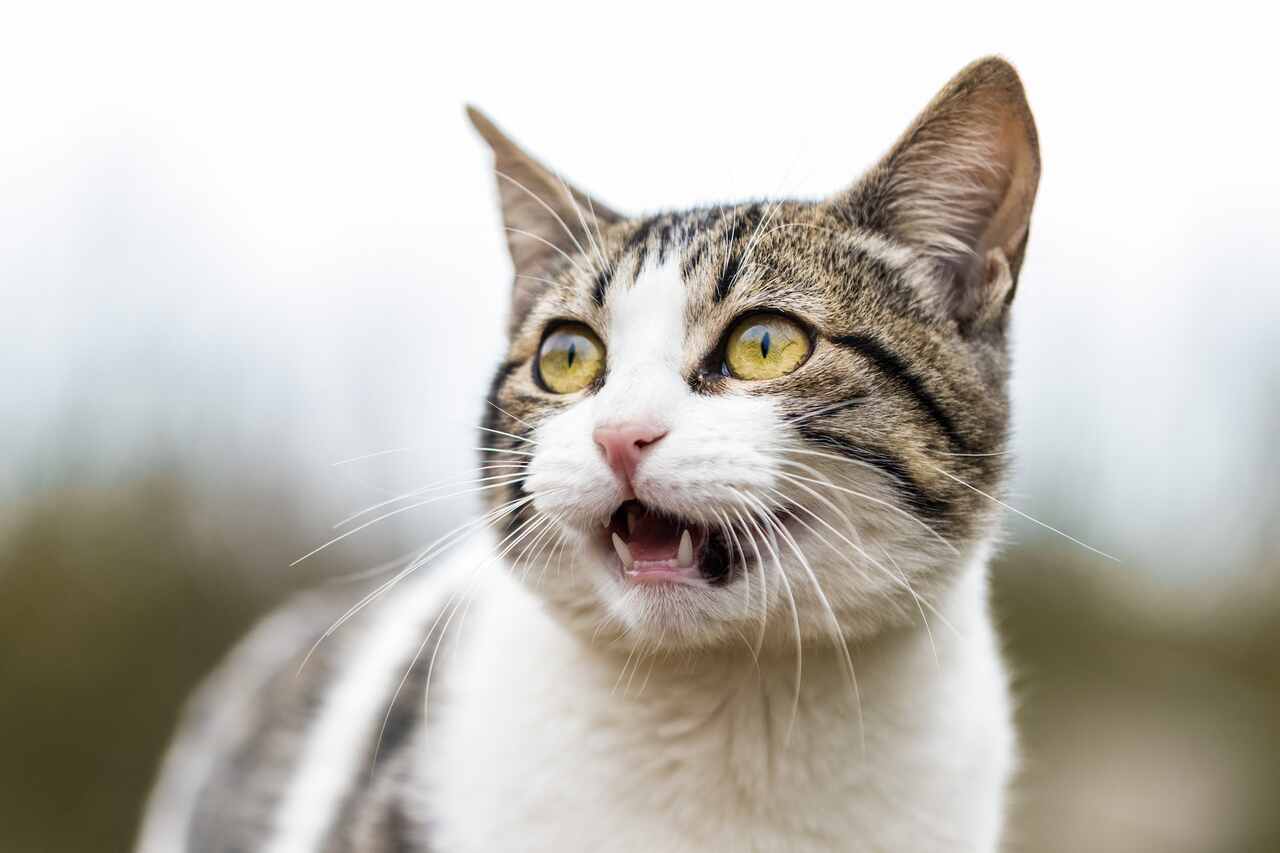
Have you ever thought that your cat is really a very expressive creature? Well, you’re not wrong. According to a new study, cats have more than 270 different facial expressions.
+ Cute Video: This Compilation of Sleeping Cats Will Brighten Your Day
+ Hilarious Video: Compilation Shows Cats Facing Off Against Bear, Cow, Sea Lion, and Even Tiger
+ Cute Video: Dogs, Cats, and a Monkey Snuggle Up Together
In the study published last month in the scientific journal Behavioral Processes, two American scientists counted a total of 276 different facial expressions when domesticated cats interacted with each other.
In a conversation with CNN, Brittany Florkiewicz, an evolutionary psychologist at Lyon College and co-author of the study, explained that their findings suggest that domestication has a significant impact on the development of facial signaling.
According to her, domesticated cats are typically more socially tolerant than their wild counterparts due to the way they live in close proximity to humans, so the researchers expected to see expression in both positive and negative contexts.
However, the researchers were surprised to “observe 276 morphologically distinct facial expressions,” according to the CNN report.
According to Florkiewicz and Lauren Scott, a medical student at the University of Kansas Medical Center and lead author of the study, domestication allows for more social interactions among cats, which is why the pair believed they would show more expression.
To collect data, Scott filmed 53 cats at a local cat café while both were working at the University of California, Los Angeles (USA), between August 2021 and June 2022.
Of the 194 minutes of video collected, she recorded 186 feline interactions. The cats were adult domestic shorthair cats of both sexes, all spayed or neutered.
Both assessed the differences in expression with a coding system specifically designed for cats called the Cat Facial Action Coding System, and observed the number and types of facial muscle movements.
Although they couldn’t assign meaning to each recorded expression, Florkiewicz and Scott found that 45.7% of the coded expressions were friendly, while 37% were aggressive.
The article detailed that a friendly expression is shown when the ears and whiskers move forward while the eyes close, and an aggressive cat has constricted pupils, flattened ears against the head, and a tongue flick on the lip.
“Our hope is to expand our sample size to include cats living in other locations…looking at the facial expressions of cats living in multi-cat homes, feral colonies and so on,” Florkiewicz told CNN.
According to the researchers, another goal for the future is to conduct a follow-up study to determine the meanings of more expressions.

